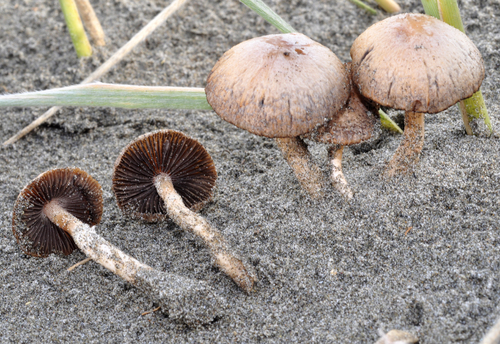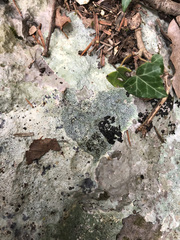Psathyrella ammophila

Psathyrella ammophila is a fascinating species of fungi prevalent in coastal regions, including the Comunidad Valenciana. Known for thriving in sandy environments, this mushroom is often found in dune systems and grassy coastal areas, taking advantage of its unique ecological niche.
- Appearance: The Psathyrella ammophila features a fragile, convex cap that eventually flattens as it matures, typically ranging from pale brown to grayish in color. The cap measures about 2-5 cm in diameter, often adorned with delicate fibrils or scales.
- Gills: The gills of this fungus are initially white but transition to a darker, purplish-brown as the fungi ages. They are free, not attached to the stem, and often quite crowded.
- Stem: The slender stem is relatively long, reaching up to 5-10 cm tall, and has a whitish to pale brown hue. It is hollow and fragile, contributing to its delicate structure.
- Spore Print: The Psathyrella ammophila produces a dark brown spore print, a key identification feature for many mushroom enthusiasts.
- Ecology: This species is commonly found along the coastal sands, often in association with dune grasses, where it can help in the decomposition of organic matter and formation of soil.
- Edibility: While not toxic, Psathyrella ammophila is generally not considered edible due to its insubstantial nature and potential confusion with other toxic species.
Local Names: In the Comunidad Valenciana, it may be referred to by local names related to its sandy habitat and distinct appearance, although it is not widely sought after due to its fragility and limited culinary use.






